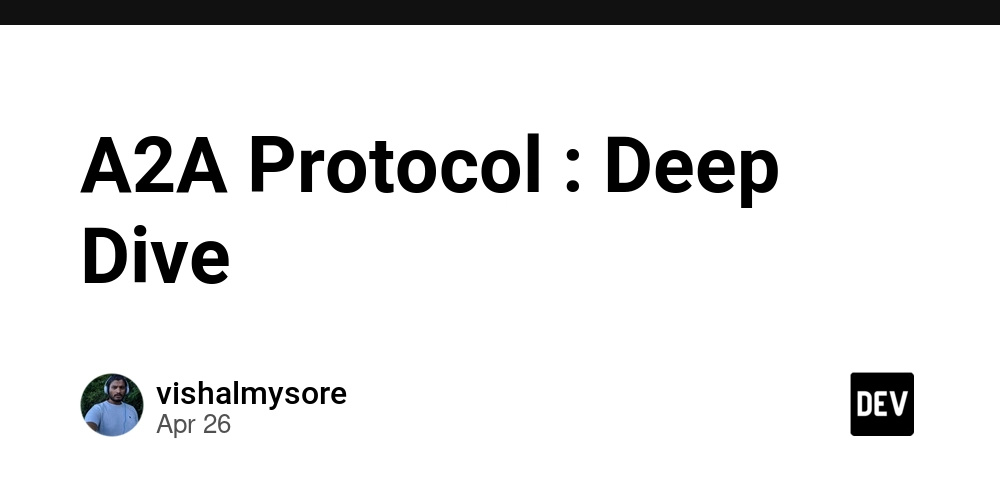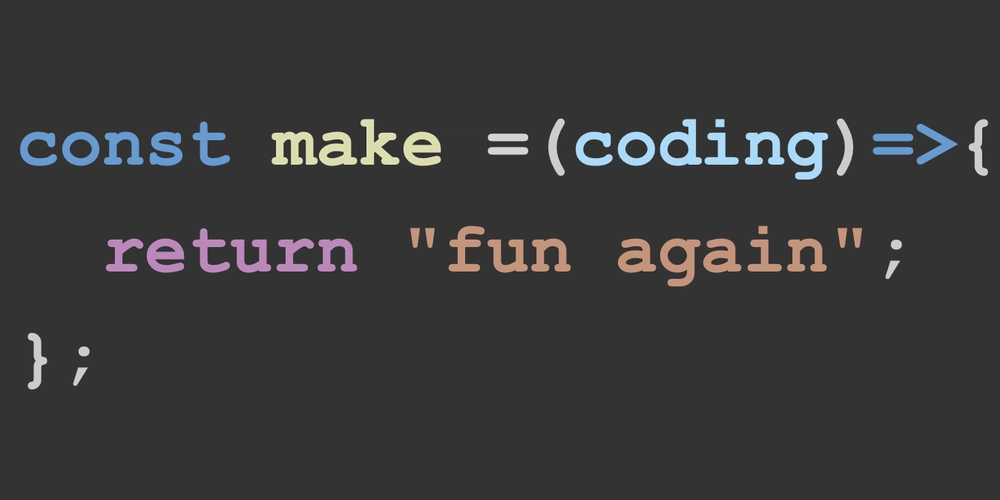
7 Essential HTML Skills to Master in 2025
HTML: it's the silent workhorse of the web. While it might seem easy to grasp the basics, truly mastering HTML is what sets exceptional web developers apart. Want to level up your HTML skills and create amazing web experiences? These seven skills are crucial for any aspiring HTML master in 2025.
1. Semantic HTML: Write Code That Speaks Volumes
Semantic HTML isn't just about making your code look pretty; it's about giving it meaning. Using HTML elements that clearly define the purpose of your content is crucial for:
- Readability: Makes your code easier for other developers (and your future self) to understand.
- Accessibility: Helps screen readers and other assistive technologies interpret your content correctly, making your website accessible to everyone.
- SEO: Boosts your website's ranking by providing search engines with clear signals about your content.
Common Semantic HTML Tags:
<section>: Divides content into thematic sections.<header>: Defines the header for a document or section.<nav>: Encloses navigation links.<footer>: Defines the footer for a document or section.<aside>: Represents content aside from the main content (like a sidebar).<main>: Specifies the main content of the document.
Example:
2. Lazy Loading Assets: Optimize Website Speed
Lazy loading dramatically improves initial page load times by deferring the loading of non-essential images and videos. Only load them when they're about to appear in the user's viewport.
Key takeaway: Only lazy load resources below the fold (not initially visible) to avoid delaying the loading of important, immediately visible content.
Example:
3. Preloading Assets: Prioritize Key Content
In contrast to lazy loading, preloading prioritizes the loading of critical resources, like those above the fold or essential for initial rendering. This ensures a faster, smoother user experience.
Example:
For videos:
4. Custom Link Previews: Make Your Links Shareable
Control how your links appear on social media and messaging platforms! Use meta tags to define the title, description, and image that will be displayed when your link is shared.
- Open Graph Protocol (og): Used by Facebook, WhatsApp, Instagram, and Pinterest.
- Twitter Card Protocol: Used by Twitter.
Example:
5. tel: and mailto: Links: Streamline User Interaction
Make it easy for users to contact you directly from your website! Use tel: links to initiate phone calls and mailto: links to open the user's default email client with the recipient address pre-filled.
Example:
6. Responsive Images: Deliver Optimized Visuals
Serve different image sizes based on the user's device and screen size to optimize load times and bandwidth usage. Art direction ensures the right image is displayed, not just a scaled-down version. This method optimizes the user experiences and saves on bandwidth usage.
Example:
7. <pre> Tag: Preserve Text Formatting
Need to display preformatted text, such as code snippets or text with specific spacing? Wrap the content with a <pre> tag to preserve spaces and line breaks. This is useful for applications where user-entered text formatting needs to be accurately displayed.
Example:
By mastering these seven HTML skills, you'll be well on your way to becoming an exceptional HTML developer in 2025. You will be equipped to build accessible, performant, and user-friendly websites. Keep learning, keep experimenting, and keep pushing the boundaries of what's possible with HTML.























